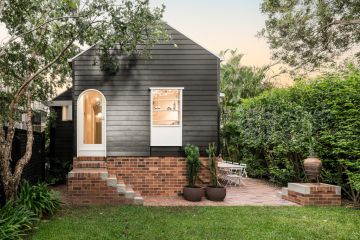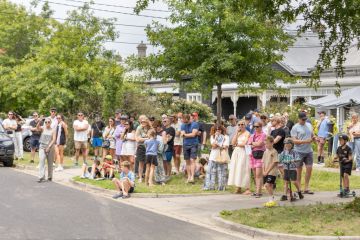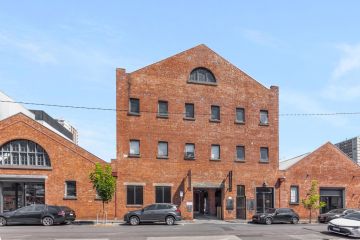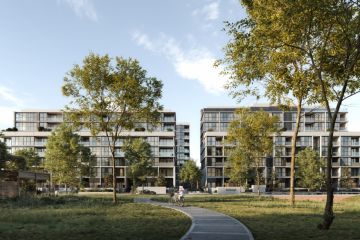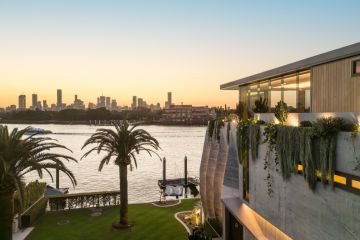Independent Schools Guide 2022: How school design is changing
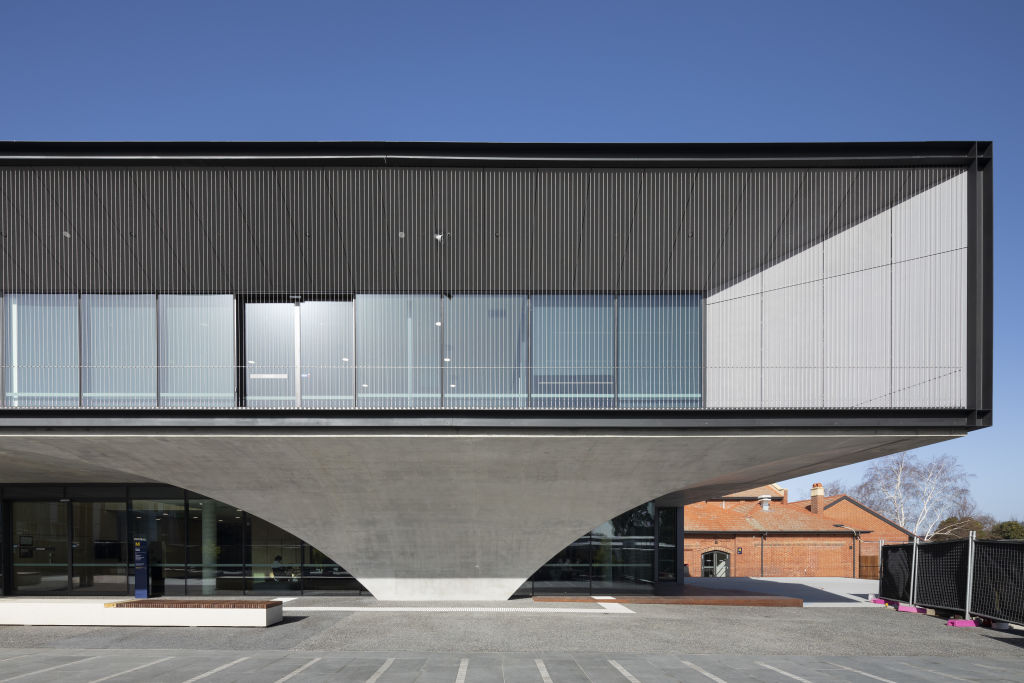
The shape of learning is shifting. In recent years, education spaces have been moving far beyond the traditional four walls, rows of desks and a teacher standing at the front of class.
“There is growing appreciation of the significant role that good design can play in education, with increasing evidence that student learning outcomes are closely related to the quality of the environment in which they learn,” says John Sprunt, principal and Melbourne studio leader of national architecture and design practice Architectus.
The COVID-19 pandemic has further reinforced the need to rethink learning spaces. It goes without saying that clean air indoors is crucial for good health; it is now advised to avoid closed or crowded spaces, and close contact inside.
School buildings require heating and cooling, but the fresh air component has often been neglected. In recent decades, the merits of fresh air have often slipped from view, particularly as the world embraced sealed buildings and airconditioning.
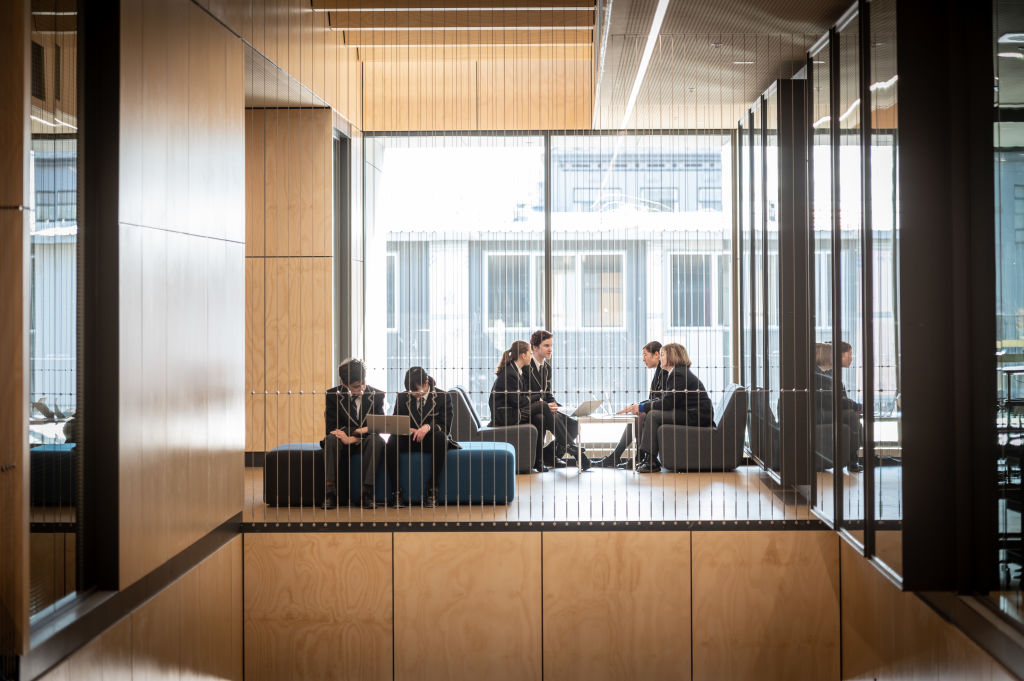
“When you have 25 children in a classroom, you need a lot more air than you do in a house,” Sprunt says. “The pandemic has heightened the necessity of optimal air quality and ventilation rates.
“New construction projects provide an ideal opportunity to develop healthy, innovative spaces that can enhance teaching and learning.”
Maximising air flow, natural lighting, thermal comfort and acoustic performance are all important factors in design, he adds.
Over a 25-year career, Sprunt has collaborated with many schools on innovative developments including the Mandeville Centre at Loreto Toorak and Carey Baptist Grammar School’s Middle School.
A focal point for the Loreto school community, the multi-award-winning Mandeville Centre extends over three levels.
It houses an administration and staff centre and a Year 12 centre, with a library forming a double-storey atrium at its heart.
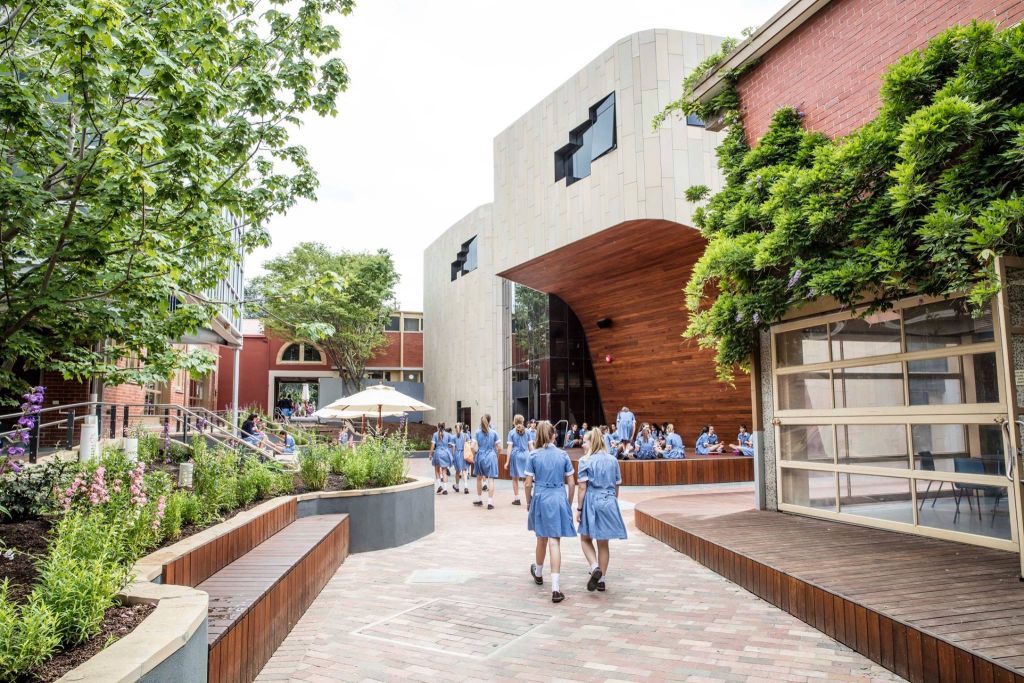
Architectus’ interest in architecture that provides a spatial framework for learning, working and living is evident with the Mandeville Centre winning the educational architecture category at the prestigious Australian Institute of Architecture National Awards in 2016.
According to Sprunt, good spatial design focuses on the flow of people between multiple areas with differing uses and purposes.
“Offering a broad set of spatial experiences enables diverse learning opportunities that can potentially engage more students,” explains Sprunt, who was also principal architect for Loreto’s recently completed Clendon Centre.
“Not all students learn the same way, so it’s imperative that we provide a variety of learning opportunities for everyone. These include small spaces for quiet or focused work, and large spaces used for community gatherings or collaborative work.”
Choice of building materials is also important for authenticity and as a backdrop to learning.
“For example, timber is used for warmth, texture and connection to nature,” he says. “Concrete and steel are used for structural definition, and glass is used everywhere for visual stimulation and connection to place.”
At Carey Baptist Grammar in Kew, Sprunt worked with school leaders, students and teachers to develop its award-winning Middle School, which incorporates 28 general learning spaces created within five specialist learning precincts, three wet science labs and two art and design spaces.
Learning and teaching activities extend from formal learning labs into informal learning zones, which are intended to encourage crossover between subjects and promote inter-disciplinary learning investigations.
The precinct also functions as a place for subject teachers to share ideas and strategies through collaborative practice.
“This spatial diversity reflects the variety of professional and social relationships that students and teachers nominated as important to their sense of personal identity, belonging and wellbeing,” Sprunt says.
“Good design plays an essential role in enabling high-quality education environments that support the learning needs of every student.
“Schools should be designed as welcoming, safe and stimulating environments to complement their role to nurture students and support staff.”
Ruyton Girls’ School is another school with a proud history of providing purpose-built facilities to meet the evolving needs of its students.
Situated on one campus in Kew, Ruyton’s historic buildings are integrated with modern facilities, creating a blend of classic and contemporary style, focused on functionality.
Under the leadership of principal Linda Douglas, redevelopments of the Junior School and the Margaret McRae Centre for Years 7 and 8, with specialist spaces for science and drama, have been completed. Construction of a new performing arts centre and library will begin shortly.
Creating myriad opportunities for students, the buildings prioritise future-focused learning through technology-enabled open and collaborative teaching spaces, which are bathed in natural light and offer great flexibility.
“Our approach to education is holistic, valuing curricular and co-curricular activities while recognising community and connection as essential elements of success,” Douglas says.
“Our approach to education is holistic, valuing curricular and co-curricular activities while recognising community and connection as essential elements of success,” Douglas says“Our facilities are designed to support the endeavour and curiosity of our girls as they learn, experiment and grow into confident young women.”
- This article appeared in our Annual Independent Schools Guide magazine.
States
Capital Cities
Capital Cities - Rentals
Popular Areas
Allhomes
More
